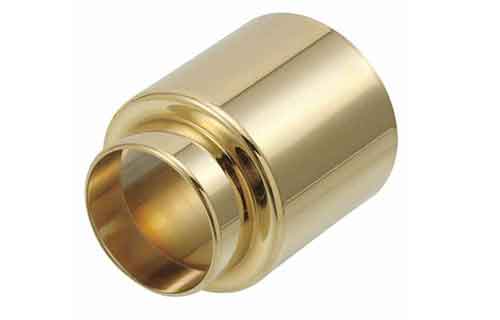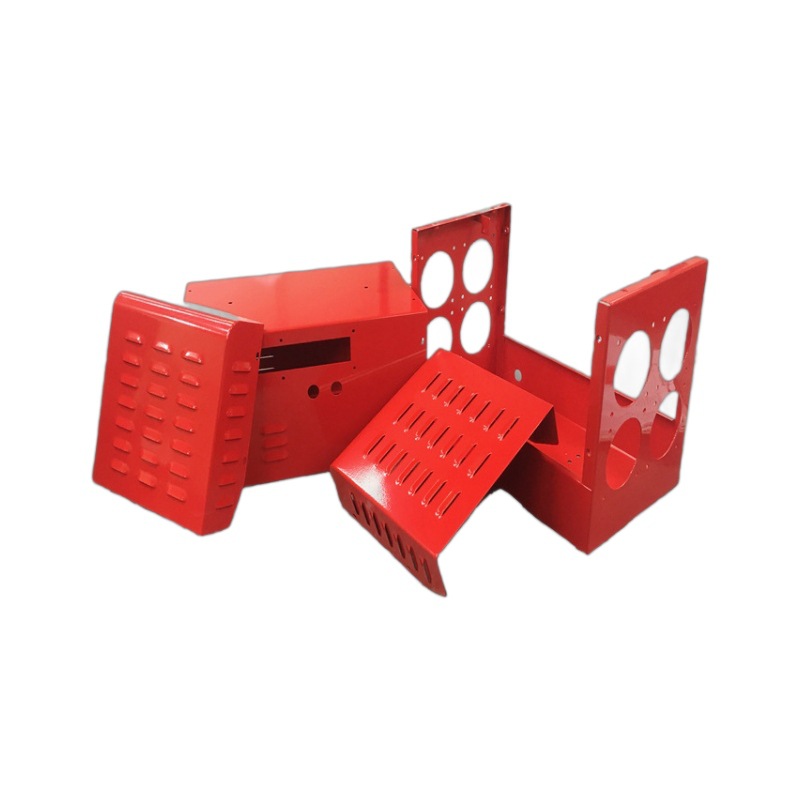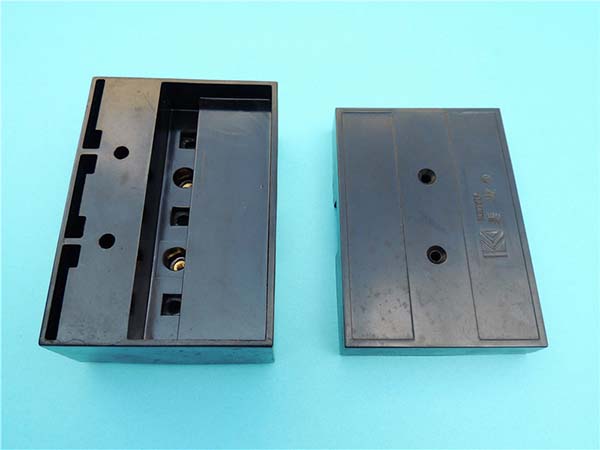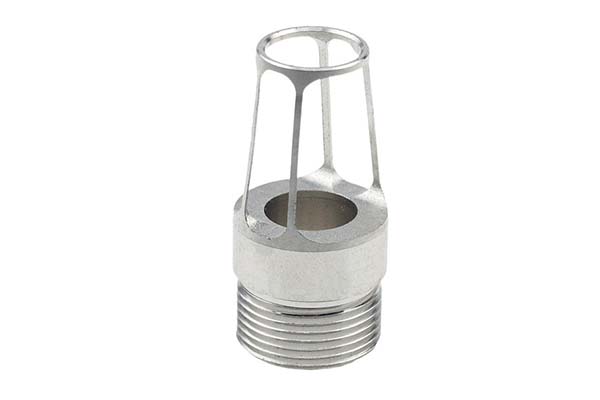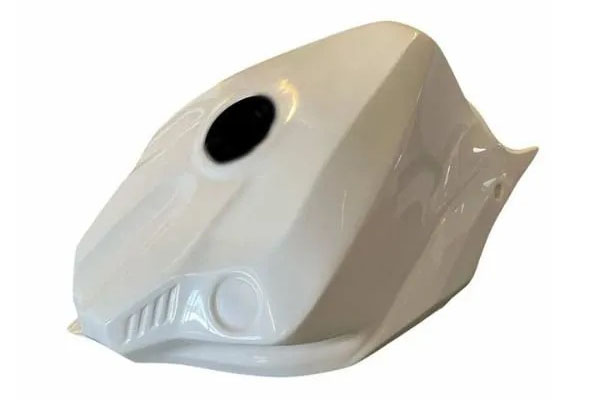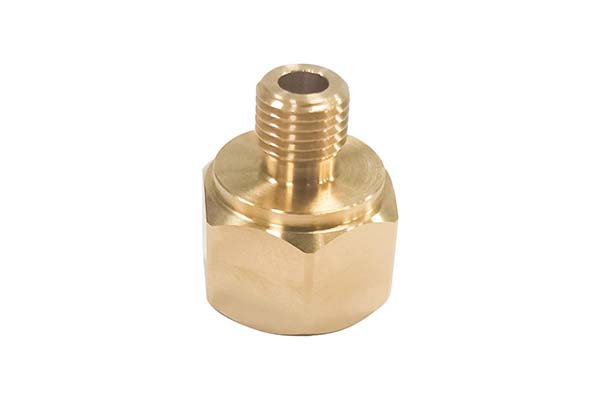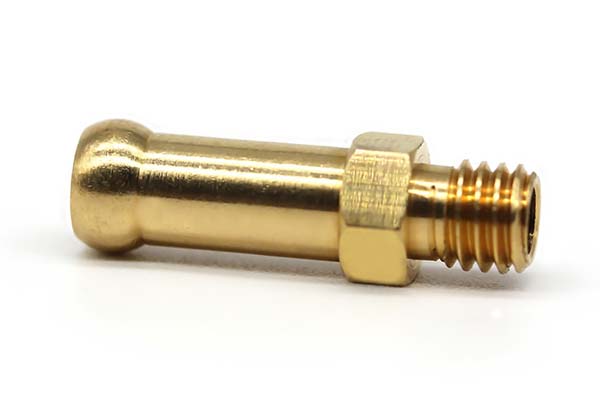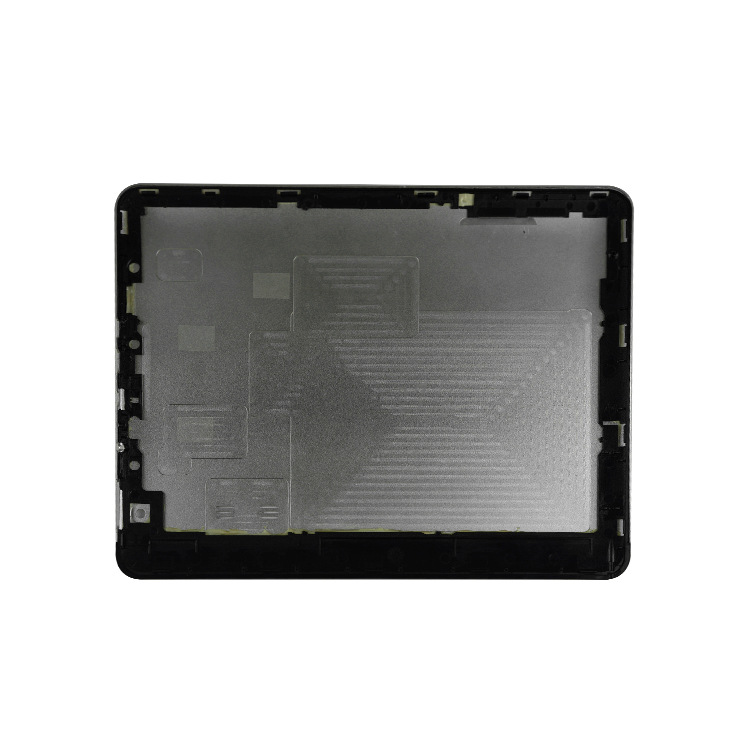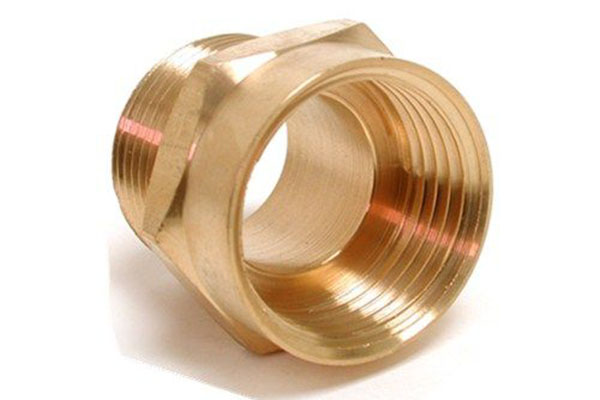Imagine a medical device manufacturer needing a 0.001 mm tolerance part for a new surgical tool, only to find that standard machining services can’t meet the specification. Or an aerospace company struggling to source a complex titanium component that fits their unique engine design. These are the kinds of challenges that custom machining solutions are built to solve. In a world where off-the-shelf parts rarely fit specialized needs, the ability to tailor manufacturing processes to exact requirements is more critical than ever. This guide will walk you through how custom machining works, why it matters, and how to leverage it to overcome your most pressing manufacturing challenges.
Custom Machining Capabilities: Beyond One-Size-Fits-All
At the heart of custom machining is a diverse set of capabilities designed to handle unique part requirements. Unlike mass production, which relies on standardized processes, custom machining thrives on flexibility:
- CNC machining forms the backbone, with multi-axis machines capable of producing complex geometries that standard equipment can’t manage. For example, 5-axis CNC milling can create parts with undercuts and curved surfaces in a single setup, reducing errors from multiple operations.
- Specialized machining processes like EDM (Electrical Discharge Machining) and waterjet cutting extend capabilities to hard-to-machine materials or intricate designs. A recent project for a defense contractor required a 0.5 mm thick stainless steel part with 100+ micro-holes—achievable only with wire EDM.
- Fabrication services, including welding and assembly, integrate custom-machined components into finished products. This turnkey approach is especially valuable for small businesses without in-house assembly teams.
The proof lies in the numbers: A survey of manufacturers found that 78% of complex parts require at least one custom machining process to meet design specifications.
Machining Process Customization: Designing for Success
Creating a custom part isn’t just about running a machine—it’s about designing a process that aligns with the part’s unique needs. Process customization starts long before the first cut:
- Design for Manufacturing (DFM) is a collaborative step where engineers review part designs to optimize for machining. For example, adjusting a part’s wall thickness from 0.8 mm to 1.0 mm can reduce warping during machining, saving 30% in rework costs.
- Custom tooling often plays a role, with specialized fixtures and cutting tools designed for specific parts. A medical device client required a custom jig to hold delicate plastic components, reducing scrap rates from 15% to 2%.
- Process simulation software predicts how materials will behave during machining, allowing adjustments to feed rates or cutting paths before production. This is particularly useful for high-cost materials like titanium, where mistakes are expensive.
Material Selection for Custom Machining: Matching Properties to Needs
Choosing the right material is half the battle in custom machining. Material selection depends on factors like strength, weight, and corrosion resistance:
| Material | Key Properties | Ideal Applications | Machining Notes |
| Aluminum | Lightweight, corrosion-resistant | Aerospace parts, consumer electronics | Fast machining speeds; prone to chip adhesion |
| Stainless steel | High strength, heat-resistant | Medical tools, industrial equipment | Requires coolant to prevent work hardening |
| Titanium | High strength-to-weight ratio | Aircraft components, implants | Slow feed rates; low thermal conductivity |
| Plastics (PEEK) | Chemical resistance, biocompatible | Medical devices, electrical insulators | Prone to melting; requires sharp tools |
A case in point: An automotive client switched from steel to aluminum for a custom bracket, reducing weight by 40% without sacrificing strength—made possible by custom machining’s ability to handle aluminum’s unique properties.
Precision and Accuracy in Custom Machining: The Measure of Quality
In custom machining, precision machining isn’t optional—it’s the standard. Parts often require tolerances as tight as ±0.0005 mm, and achieving this demands rigorous attention to detail:
- Dimensional accuracy is verified using advanced metrology tools like CMMs (Coordinate Measuring Machines), which can detect deviations as small as 0.0001 mm.
- Surface finish is equally critical, with Ra values as low as 0.02 μm required for sealing surfaces in hydraulic components. A study by the Society of Manufacturing Engineers found that improving surface finish by 50% can extend part life by 2–3 times.
- Repeatability ensures that every part in a batch meets specifications. Leading custom shops achieve 99.5% repeatability rates through strict process controls.
Custom Machining Applications: Solving Industry-Specific Challenges
Custom machining serves as a problem-solver across industries:
- Aerospace: Custom machined turbine blades with airfoil shapes that maximize fuel efficiency—each blade is unique to its position in the engine.
- Medical: Patient-specific orthopedic implants, machined to match 3D scans of a patient’s bone structure, improving fit and reducing recovery time.
- Electronics: Micro-machined connectors with 0.1 mm pins, enabling smaller, more powerful devices.
One electronics manufacturer reported a 25% increase in product reliability after switching to custom-machined components, as off-the-shelf parts often failed under thermal stress.
Quality Control in Custom Machining: Ensuring Consistency
Custom parts demand rigorous quality control to meet strict standards:
- In-process inspection checks critical dimensions during machining, catching errors early. For example, a CNC lathe might pause automatically after a roughing pass to verify diameter, preventing costly overcuts.
- Statistical Process Control (SPC) tracks key metrics over time, identifying trends before parts fall out of tolerance. A custom shop specializing in aerospace parts reduced defects by 60% after implementing SPC.
- ISO standards (like ISO 9001 and AS9100 for aerospace) provide a framework for quality, with regular audits ensuring processes stay on track.
Cost and Efficiency in Custom Machining: Balancing Precision and Budget
Custom machining doesn’t have to mean exorbitant costs. Cost optimization strategies include:
- Lean manufacturing principles reduce waste, from minimizing material scrap to streamlining setup times. One shop cut lead times by 40% by reorganizing workcells for custom projects.
- Value engineering finds cost-effective alternatives without sacrificing quality. For instance, switching from titanium to a titanium alloy with similar properties reduced material costs by 15% for a client.
- Material utilization software nesting parts to maximize yield from each raw material sheet—critical for expensive metals like Inconel.
Yigu Technology’s Perspective: Partnering for Custom Success
At Yigu Technology, we view custom machining as a partnership. Our team works closely with clients from design to delivery, leveraging CNC machining, EDM, and specialized tooling to meet even the most unique requirements. Whether it’s a complex aluminum part for aerospace or a biocompatible plastic component for medical use, we prioritize precision and reliability. Our ISO 9001-certified quality system and in-house metrology lab ensure every part meets your specifications, on time and within budget.
FAQs
- How do I know if I need custom machining instead of standard parts?
If your design requires unique dimensions, complex geometries, tight tolerances, or specialized materials, custom machining is likely necessary. Standard parts work for simple, common needs, but custom solutions excel when off-the-shelf options fall short.
- What’s the typical lead time for custom machined parts?
Lead times vary by complexity: simple parts may take 1–2 weeks, while complex, multi-process components can take 4–6 weeks. Prototypes often have faster turnaround (3–5 days) using rapid machining techniques.
- How can I reduce the cost of custom machining?
Early involvement in DFM reviews helps optimize designs for manufacturability. Using standard tolerances where possible, choosing cost-effective materials, and ordering in larger batches can also lower per-unit costs.
